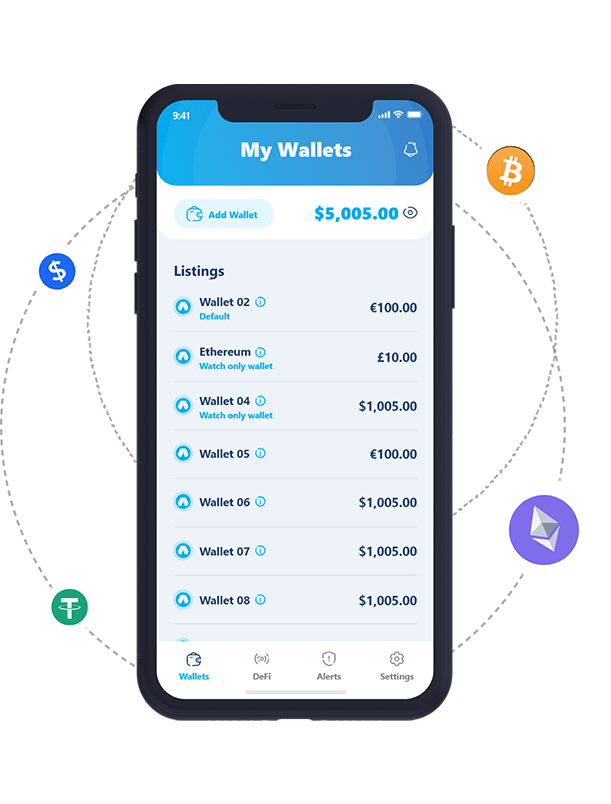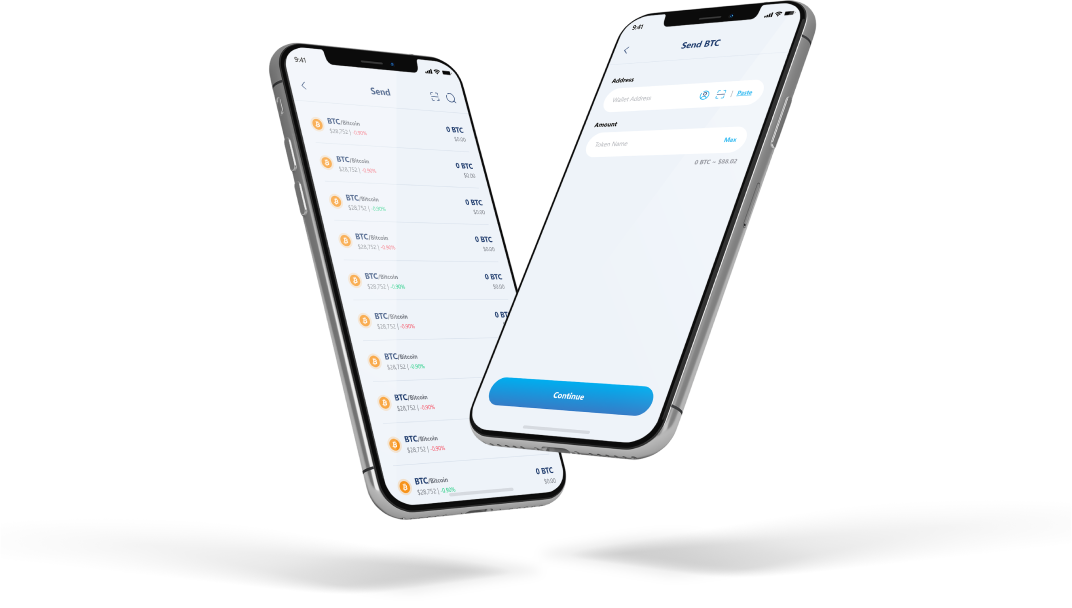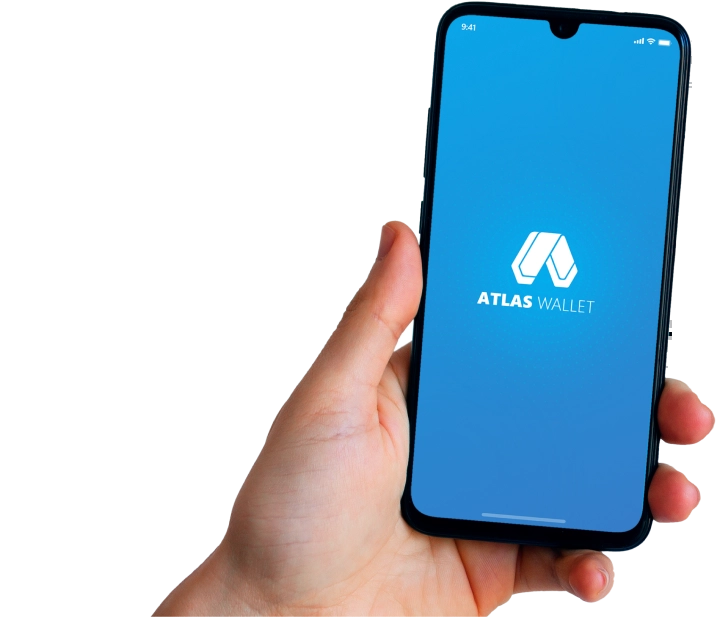
What Is PulseChain and How Does It Work?
PulseChain, conceptualized by Richard Heart, the founder of HEX, is a layer-1 blockchain developed to enhance Ethereum’s capabilities. Initially funded through a unique mechanism called a “sacrifice,” PulseChain aims to offer Ethereum users a complimentary copy of their tokens and NFTs on its network, along with boasting environmental friendliness. Despite Ethereum’s transition to proof-of-stake, PulseChain emerged with modifications, including a faster block time of 10 seconds.
To obtain PLS tokens, users participated in a sacrifice phase, donating various cryptocurrencies or fiat currencies to specified addresses or charities. The quantity of PLS received correlated with the amount sacrificed.
PulseChain introduced PulseX, a decentralized exchange akin to Uniswap, allowing users to exchange ERC-20 tokens and NFTs while reducing PLS supply through fee burns. Additionally, PulseX featured its own sacrifice phase, attracting substantial capital.
Presently operational, PulseChain permits user access through MetaMask configuration adjustments to connect to its RPC endpoint, with the PulseScan block explorer facilitating balance and transaction inquiries.
Who Is Behind PulseChain?
Richard Heart, the brainchild behind PulseChain, is cited as being an entrepreneur, author, YouTuber, and philanthropist. Heart’s entrepreneurial journey spans ventures such as internet marketing, online businesses, and literary pursuits, including the publication of SciVive.
A vocal critic of Ethereum’s limitations, Heart positioned PulseChain as a remedy to its constraints, emphasizing improved speed and scalability through forking.
PulseChain Tokenomics
PLS, PulseChain’s native token, powers the network, facilitating transaction payments, validator activation, and cross-chain bridging. Distributed via the sacrifice phase, PLS operates on a fixed supply of four trillion tokens. The sacrificial phase concluded in August 2021, raising significant funds for medical research and other charitable causes.
Distinguished by its deflationary mechanism and implementation of EIP-1559, PLS promotes freemium usage, offering ETH holders complimentary PLS for transaction payments, preserving their ETH holdings.
Utilizing proof-of-stake consensus, PulseChain enables staking for validator activation, where users with 32 million PLS or more can participate individually or through staking pools. Validators receive rewards based on stake and performance.
Atlas Wallet is one of the only crypto wallets in the world with a built in PulseChain Swap – effortlessly swap any PulseChain token without leaving Atlas Wallet!
How do I buy Pulse ($PLS)?
The easiest and most secure way to Buy Pulse is to download Atlas Wallet. You can also visit our How To Buy PulseChain PLS guide.

PulseChain (PLS) Wallet






